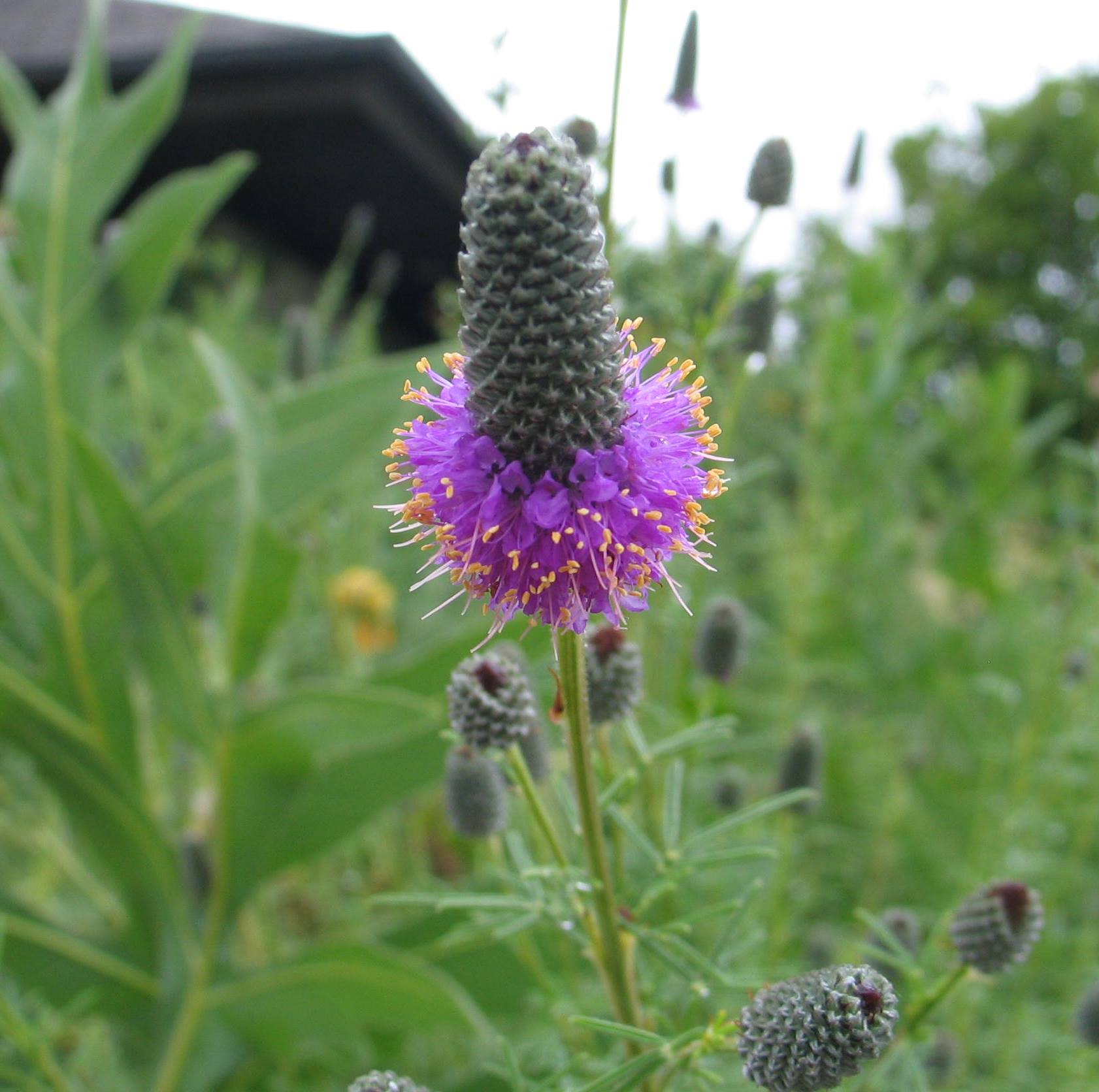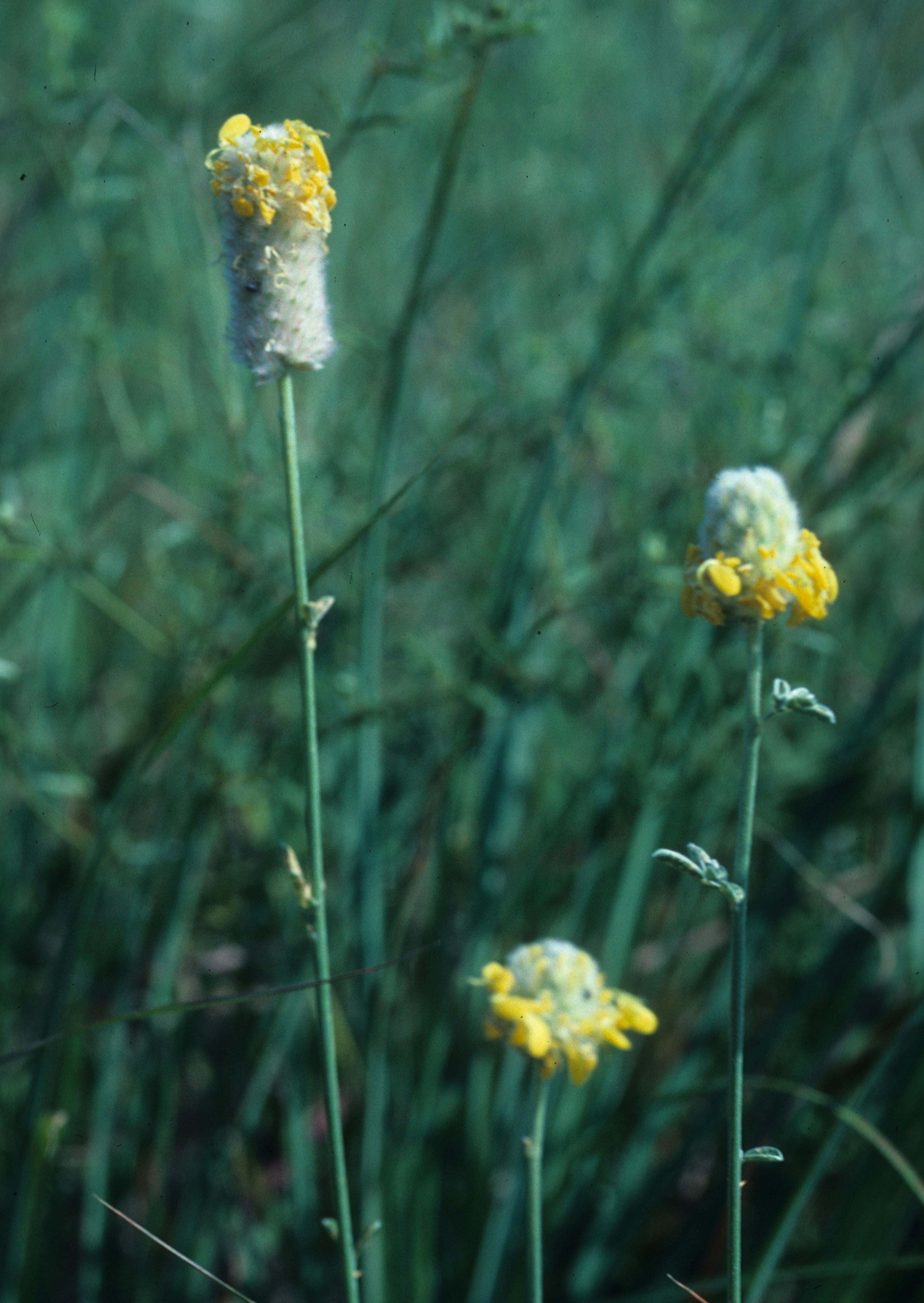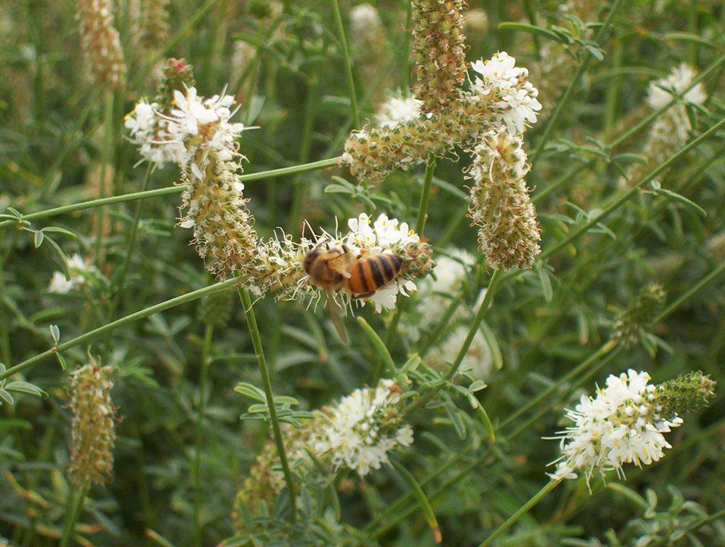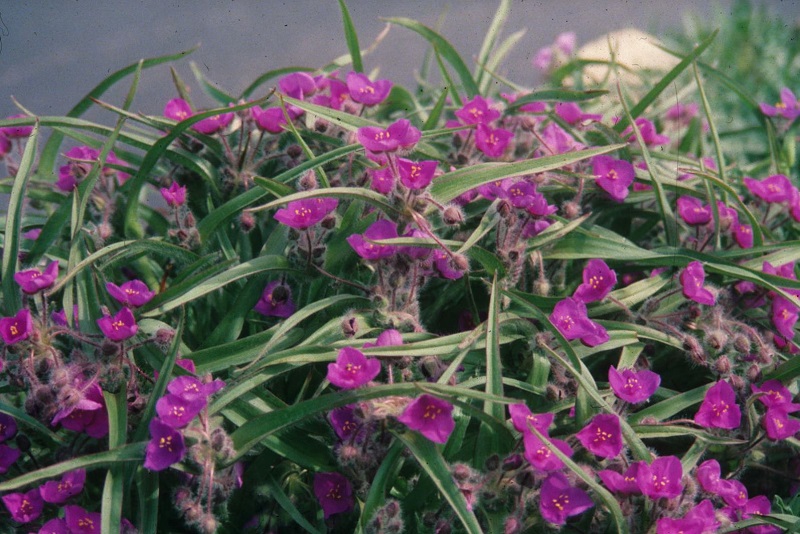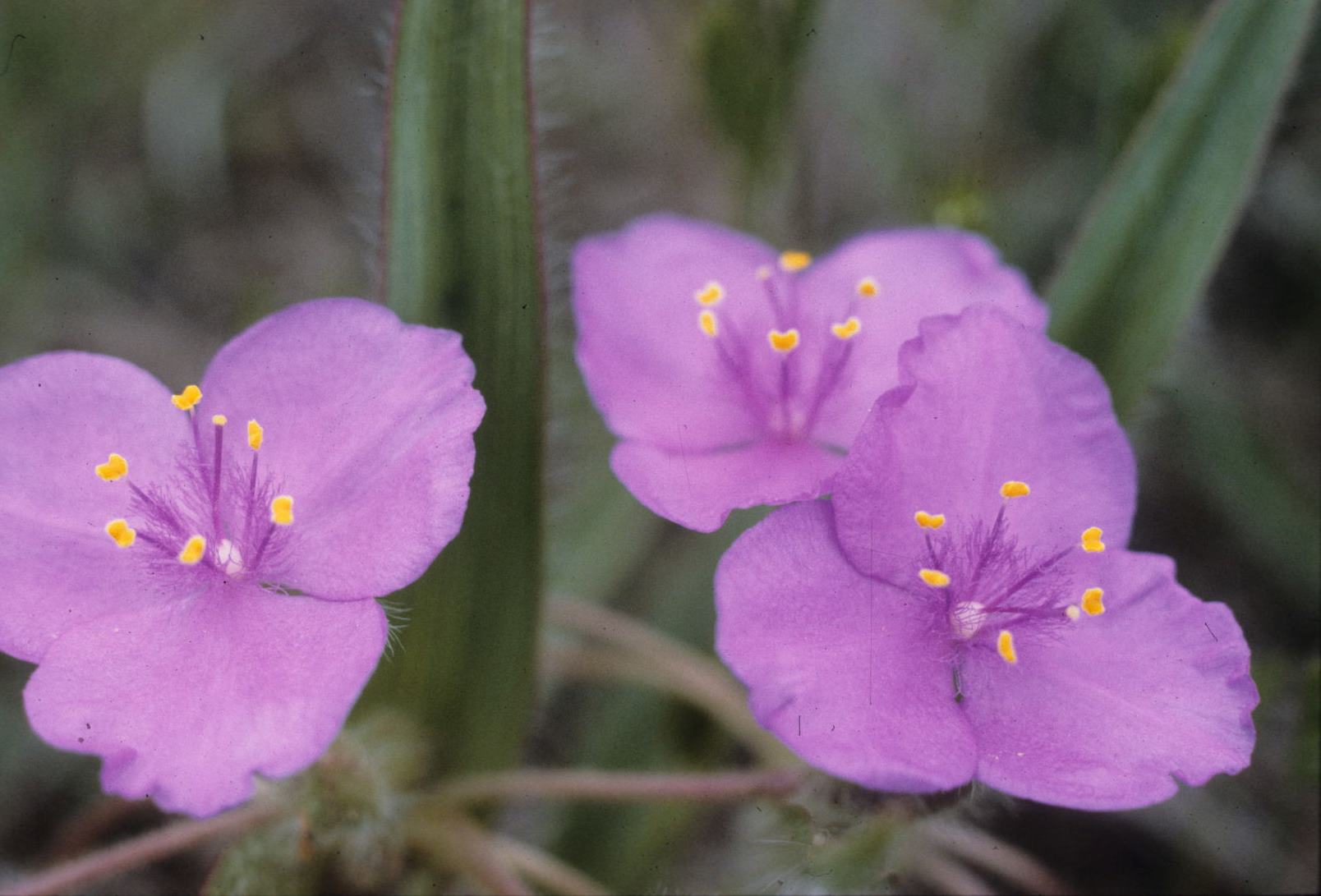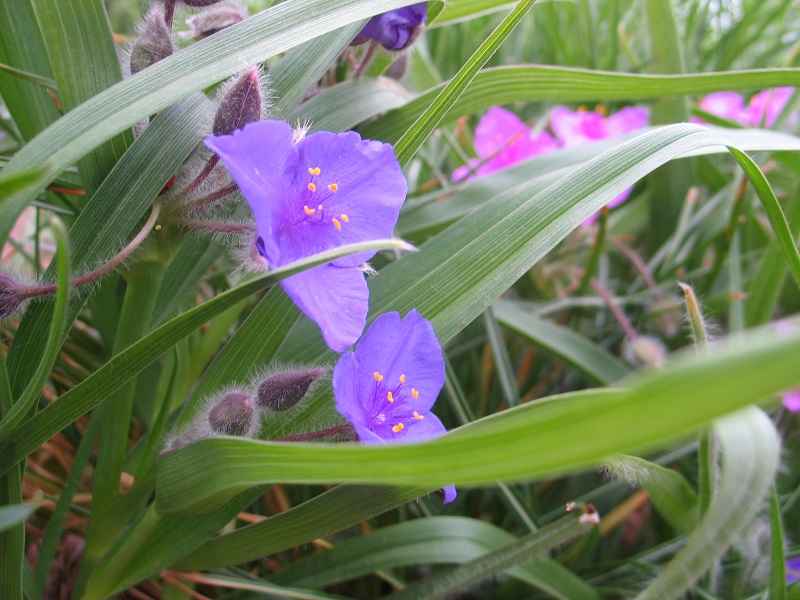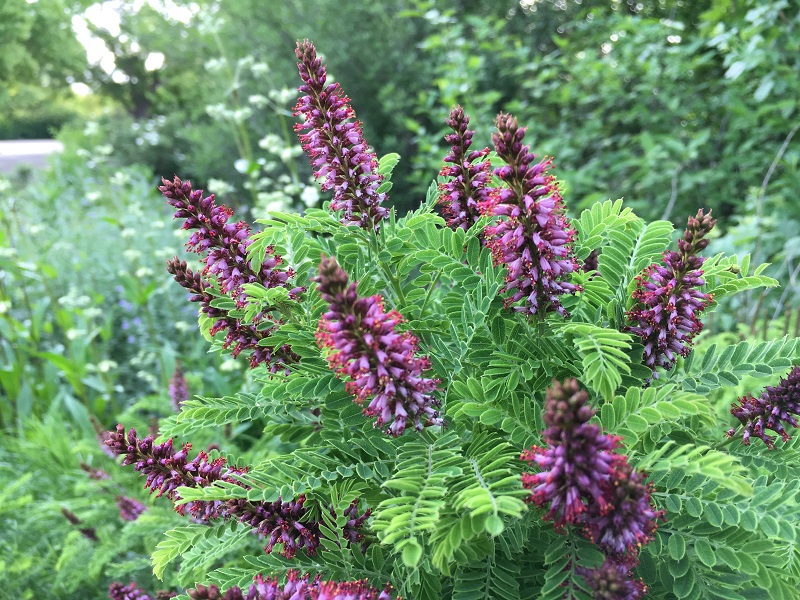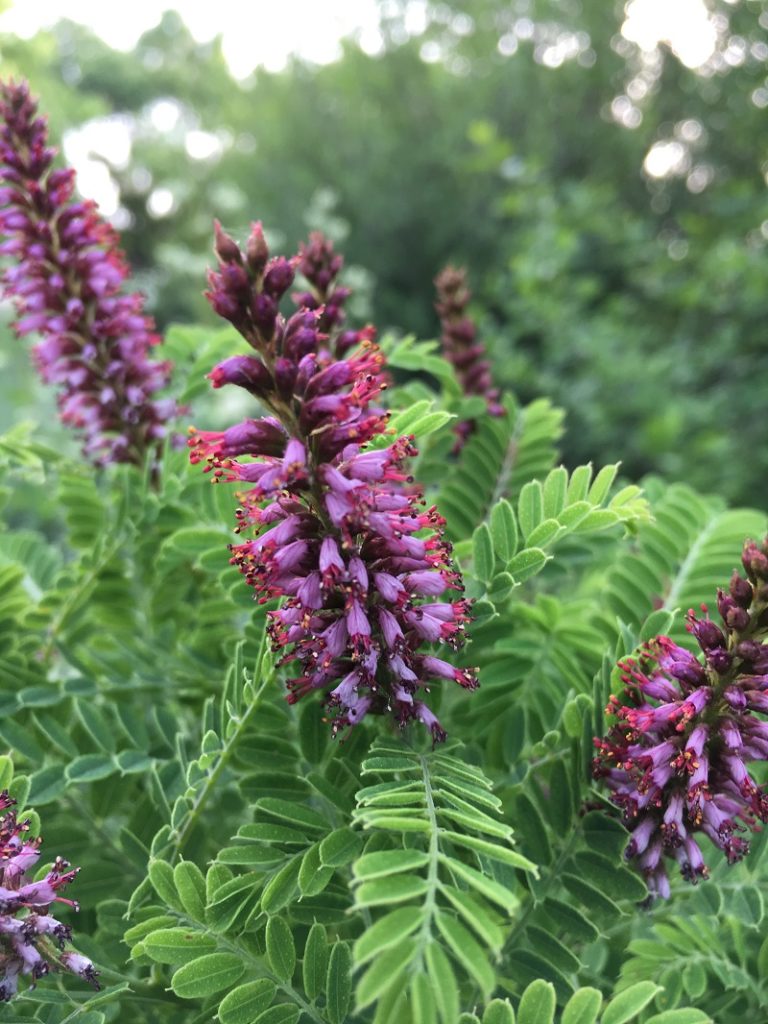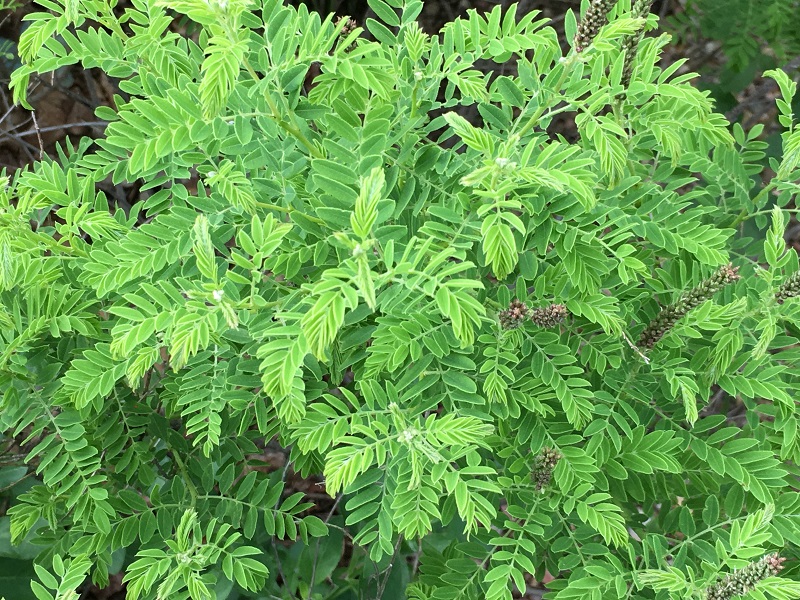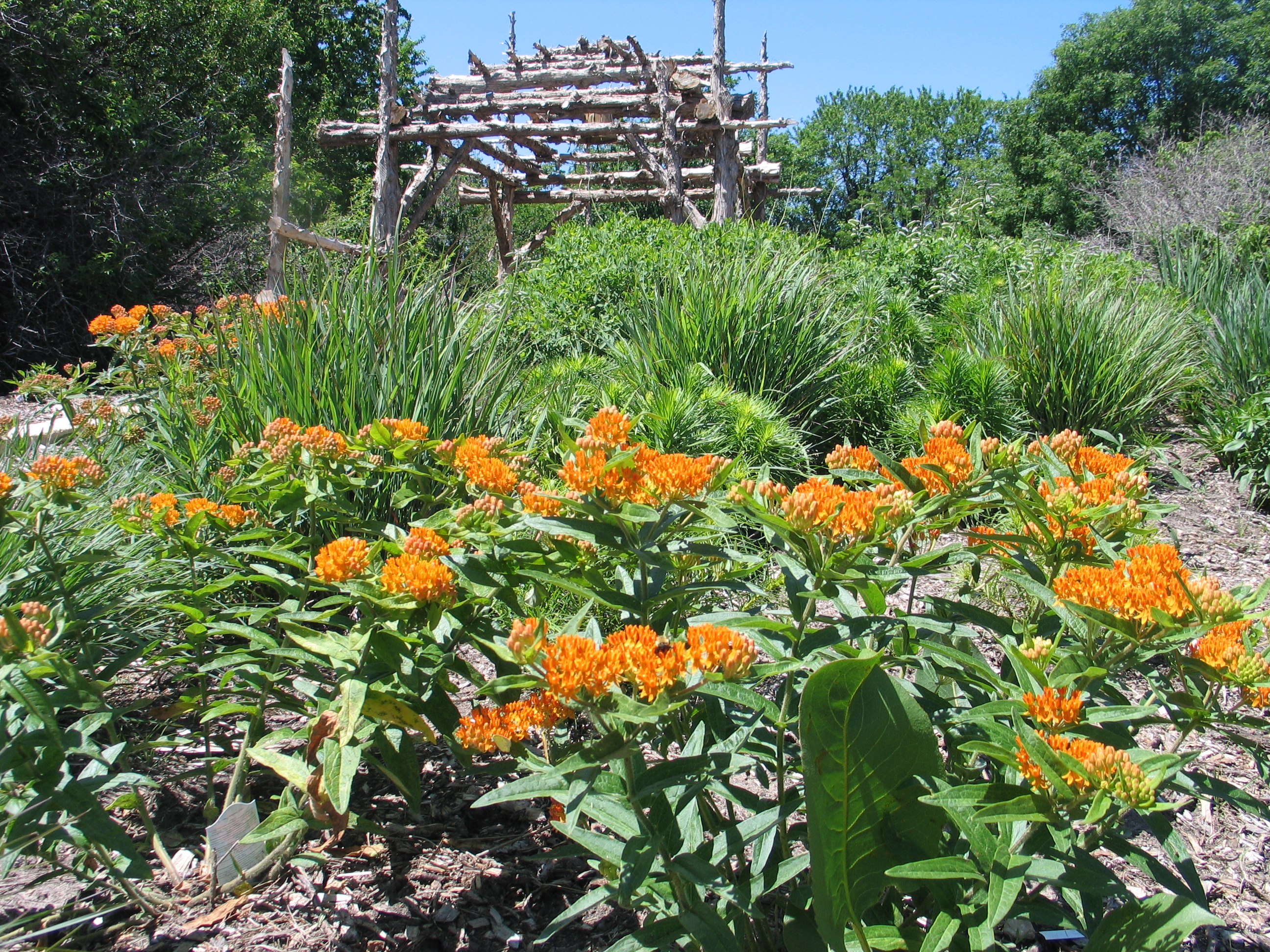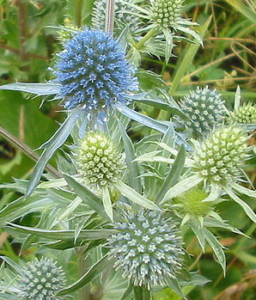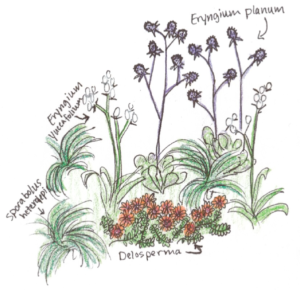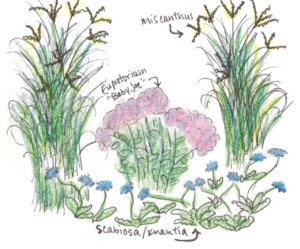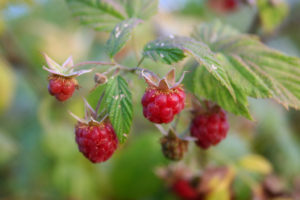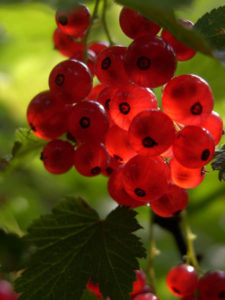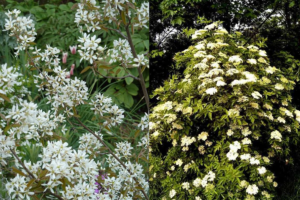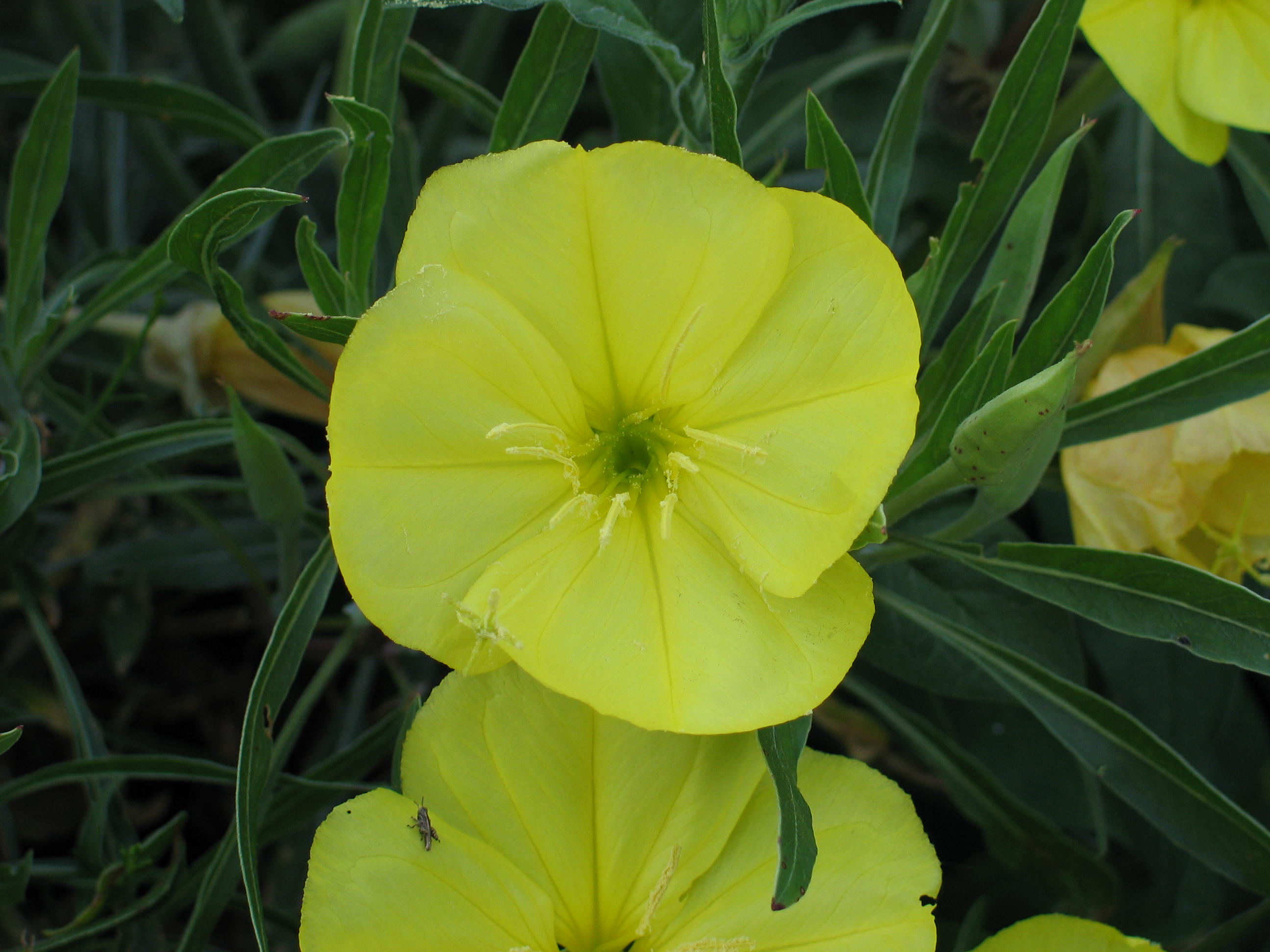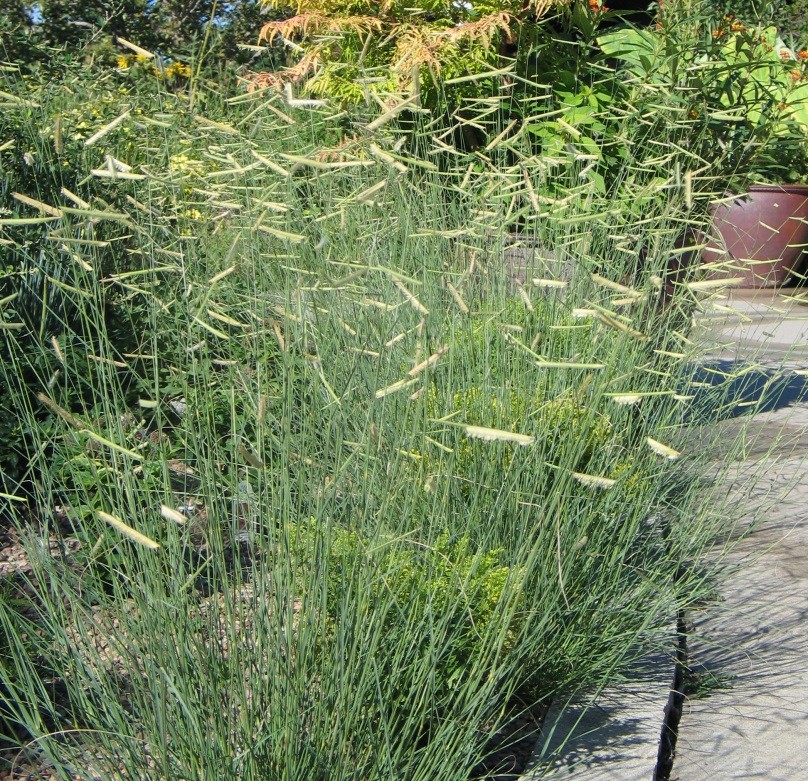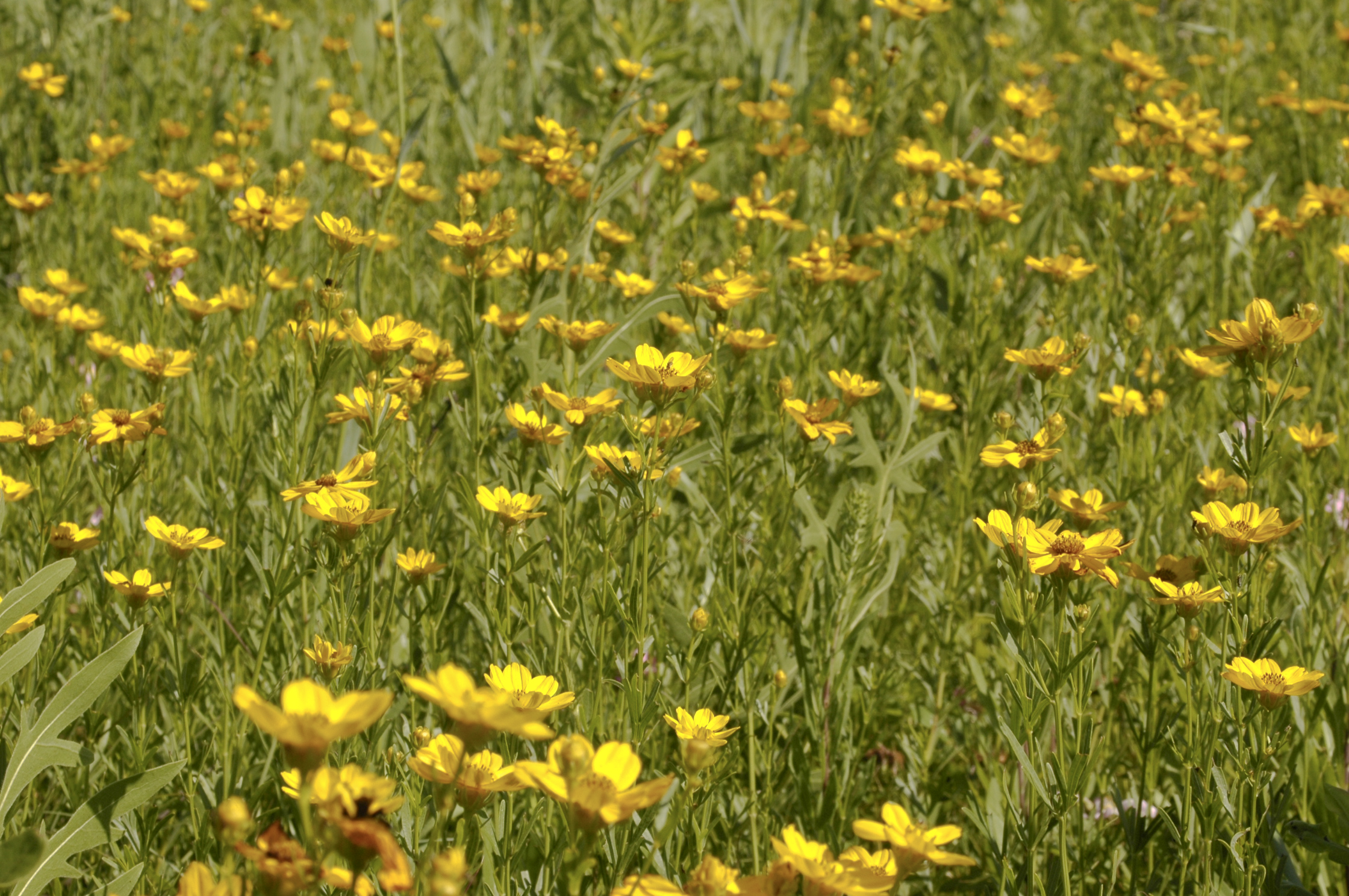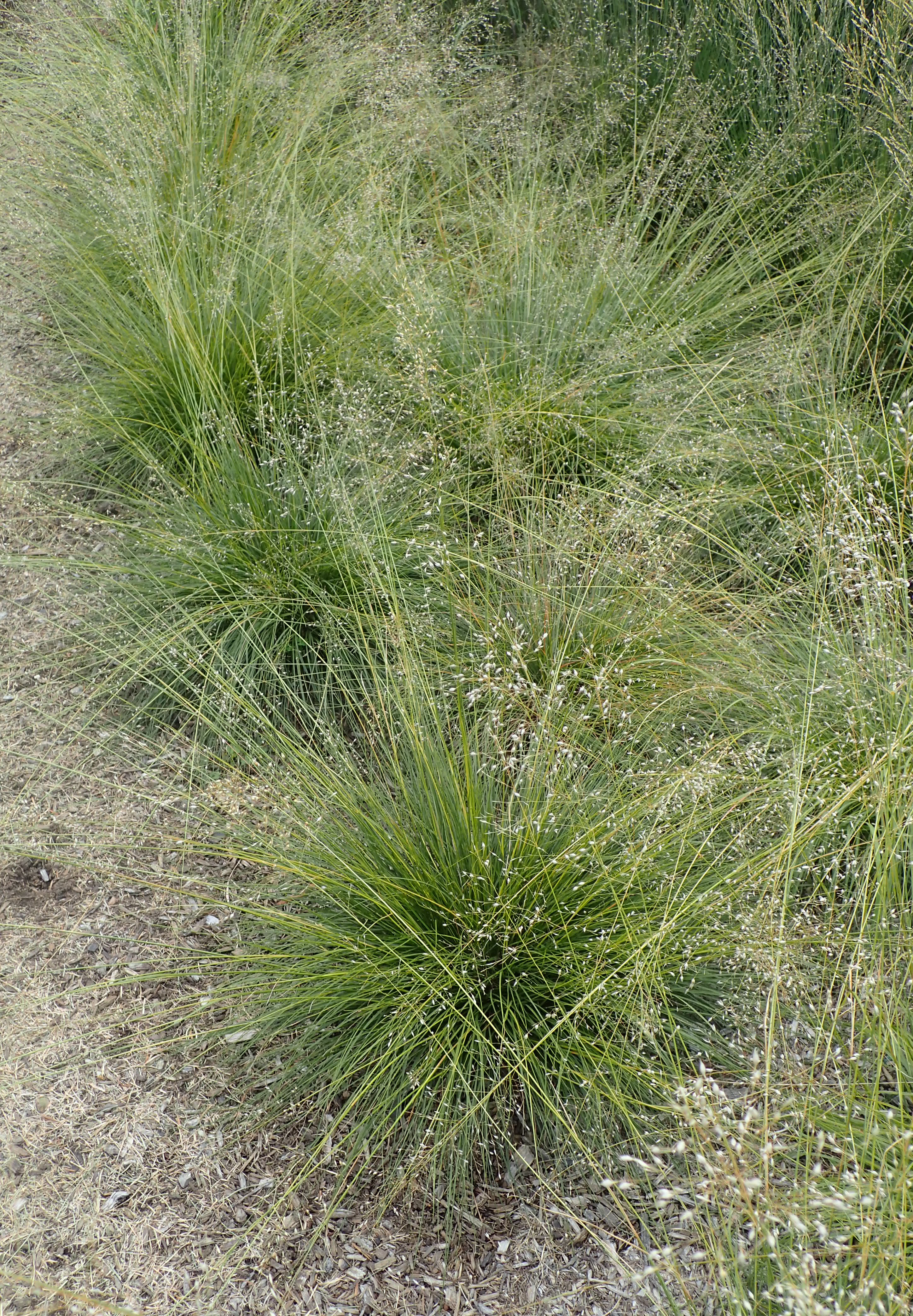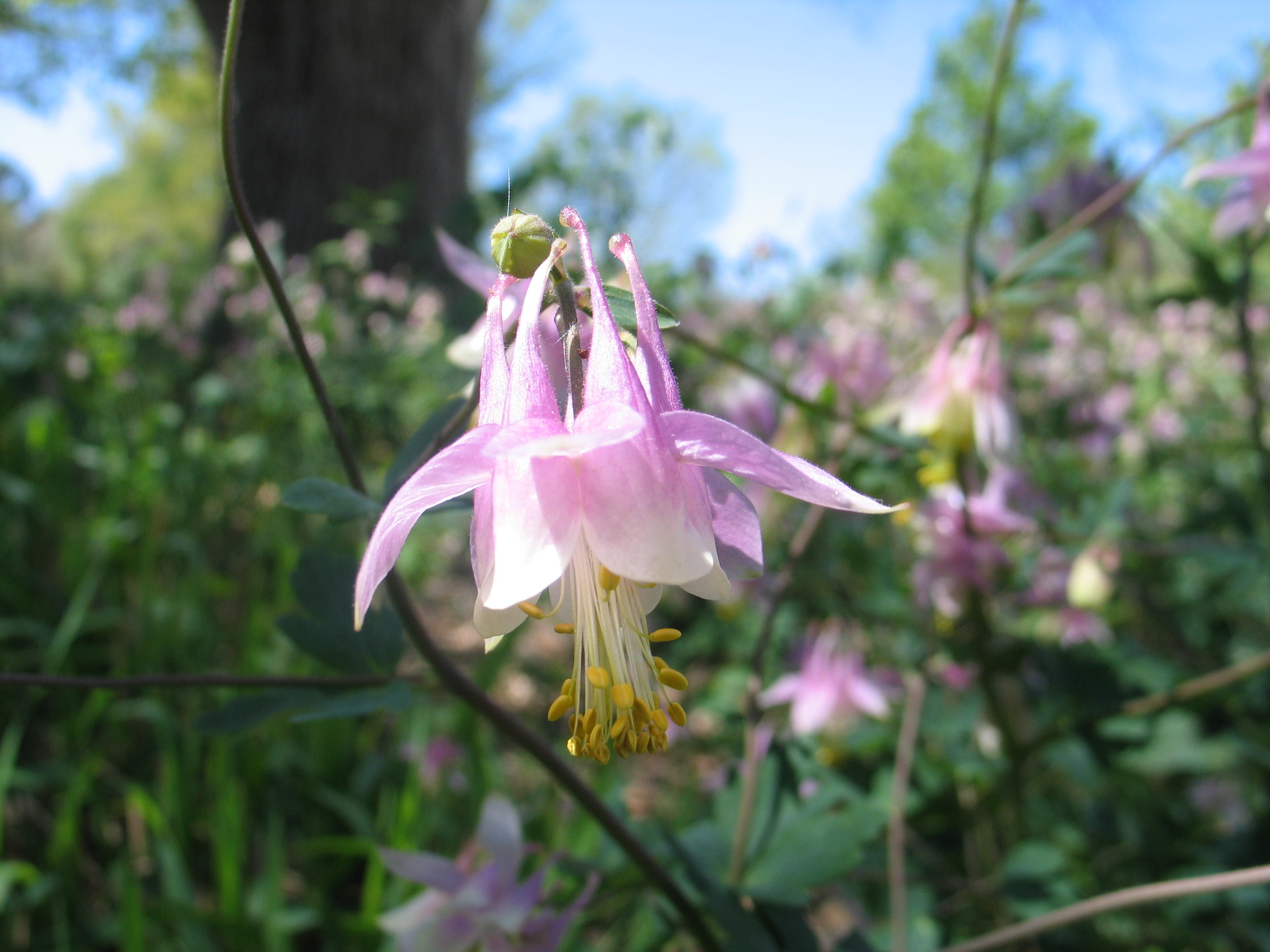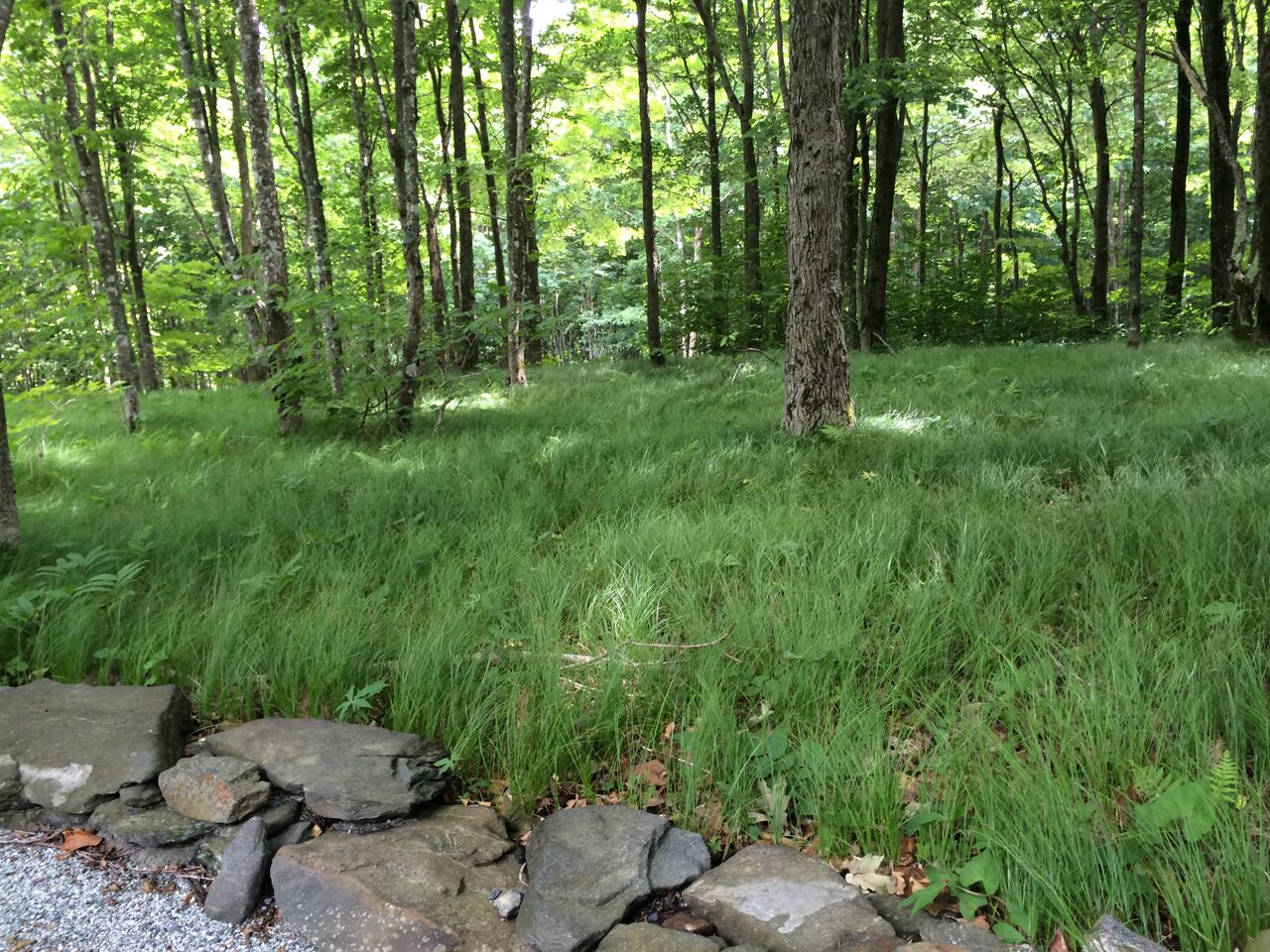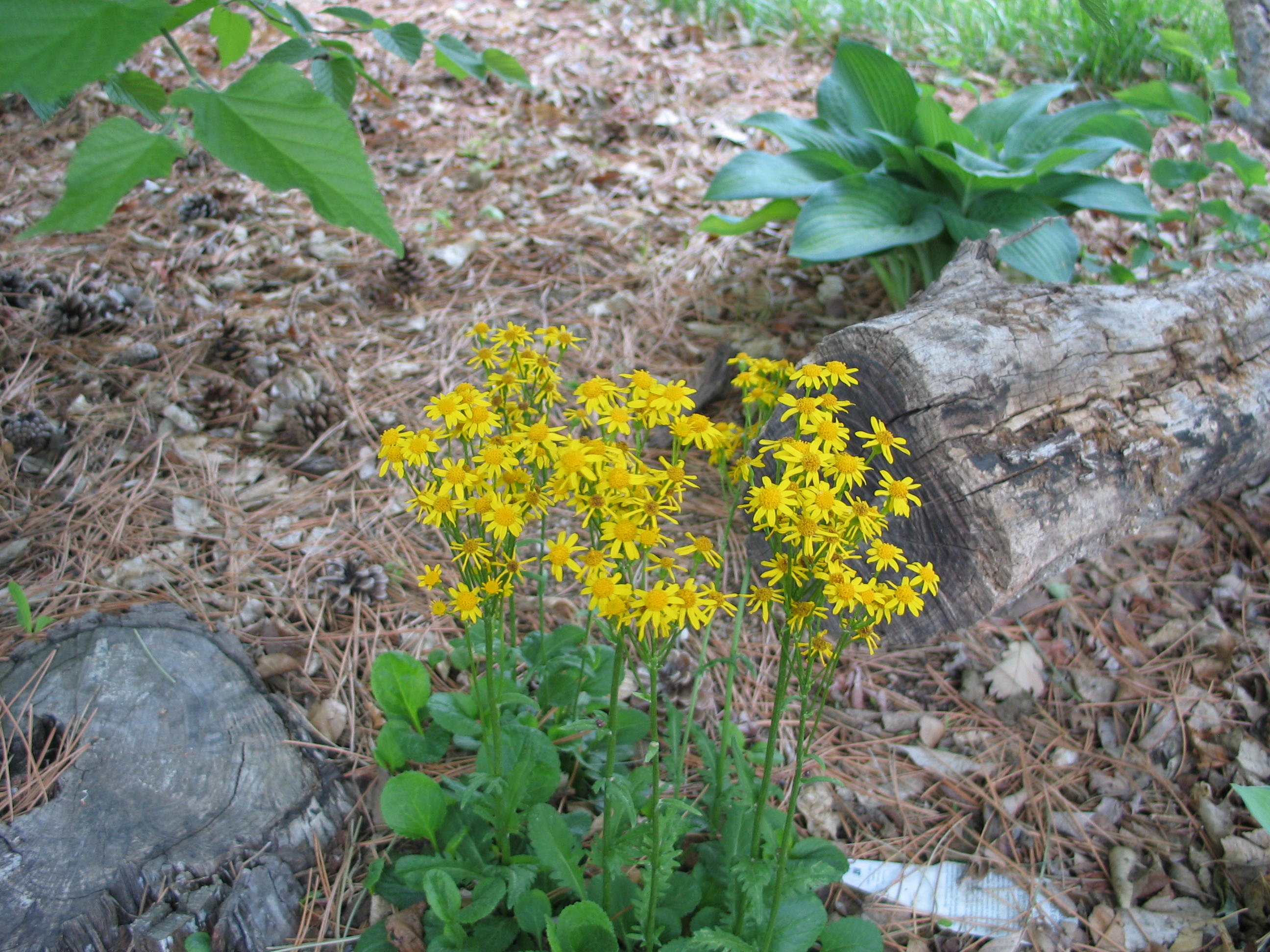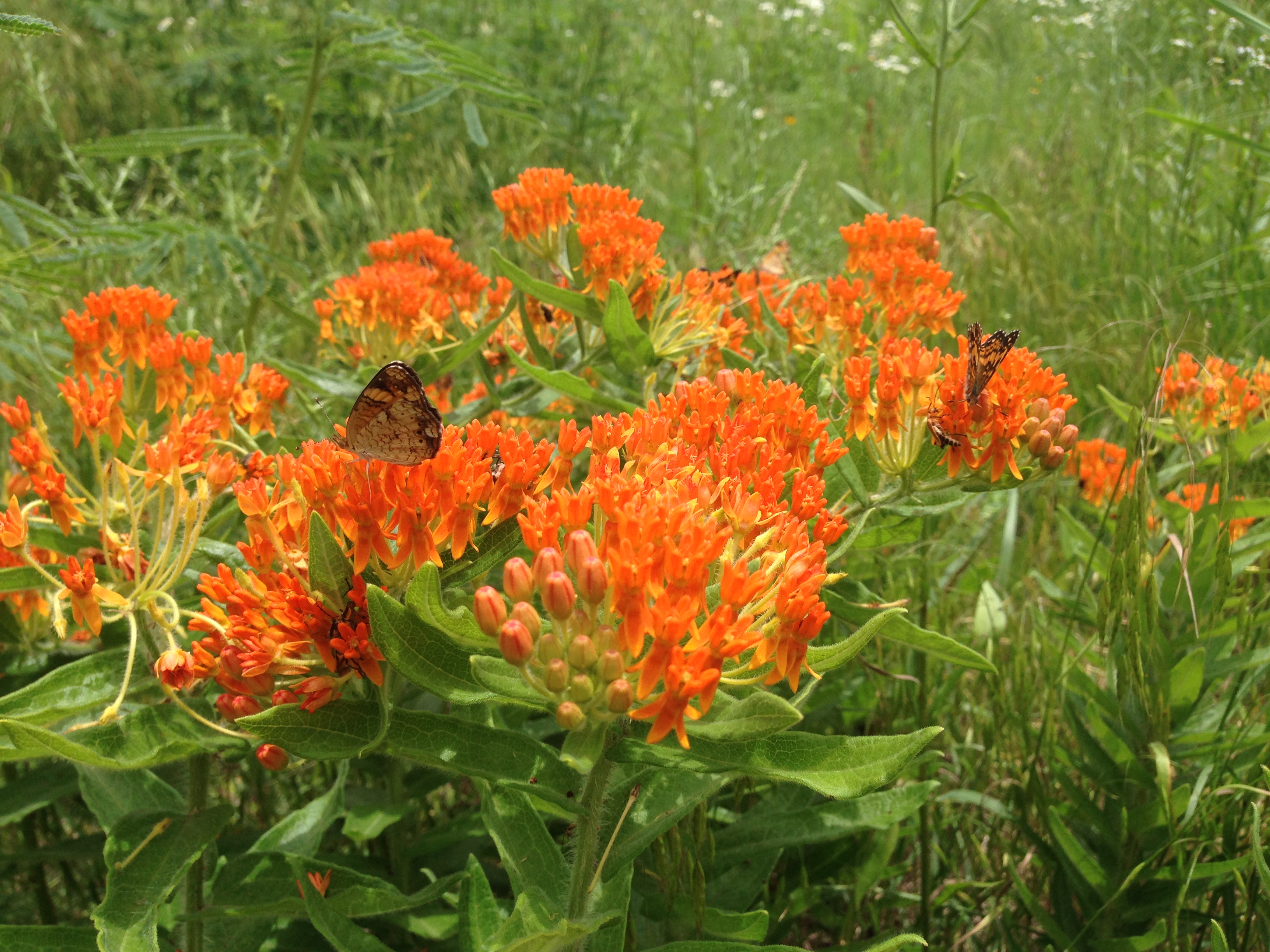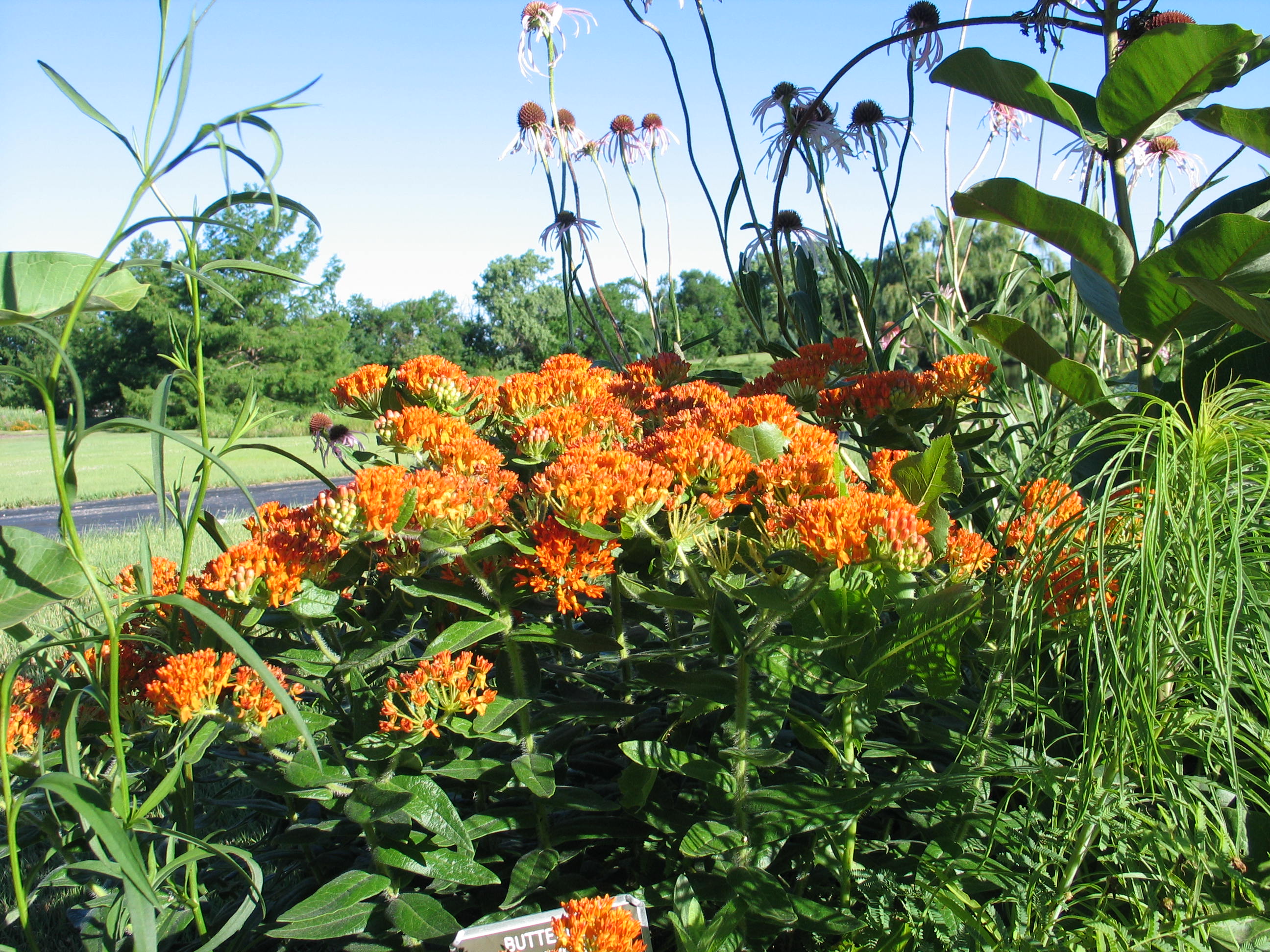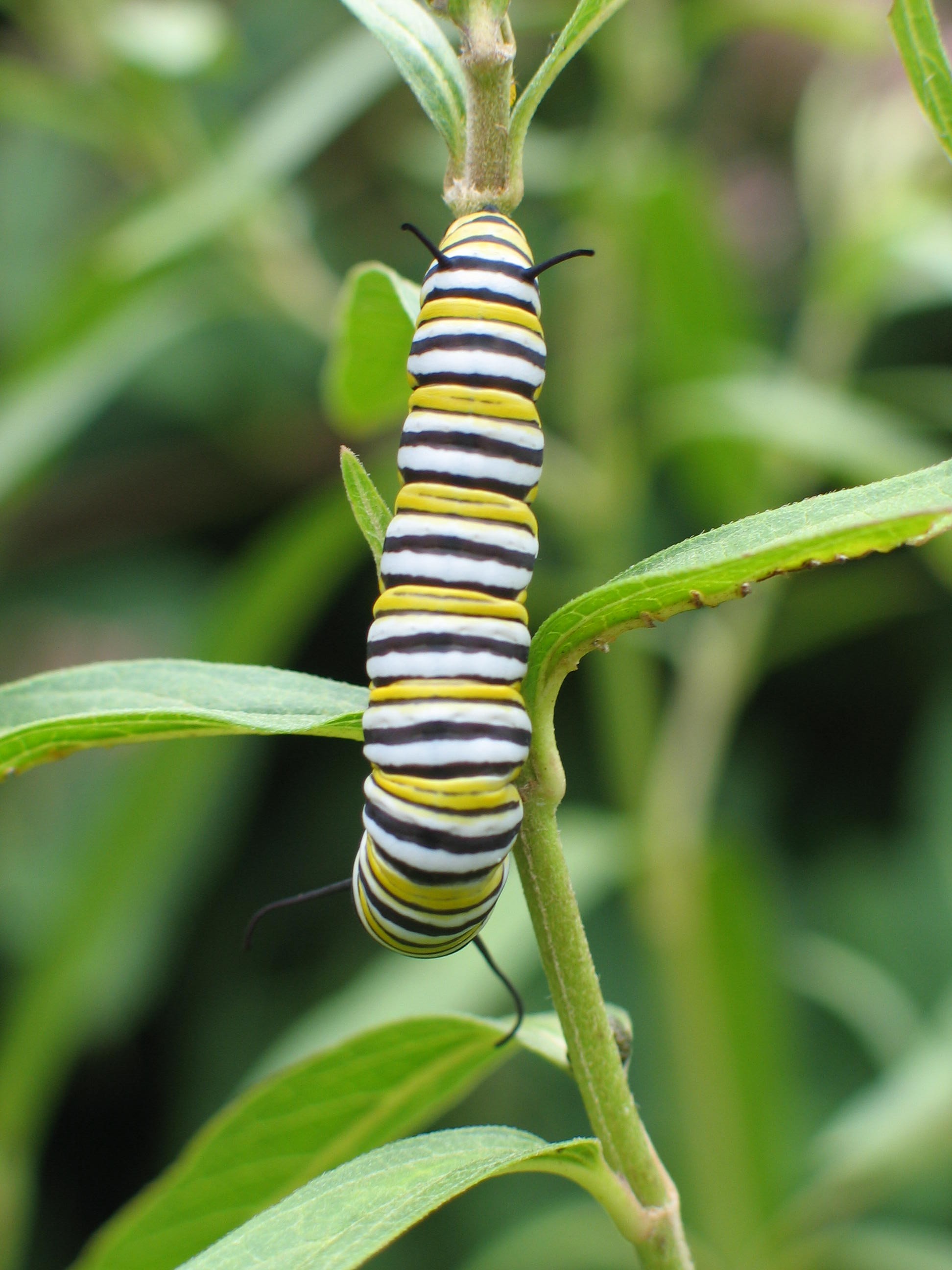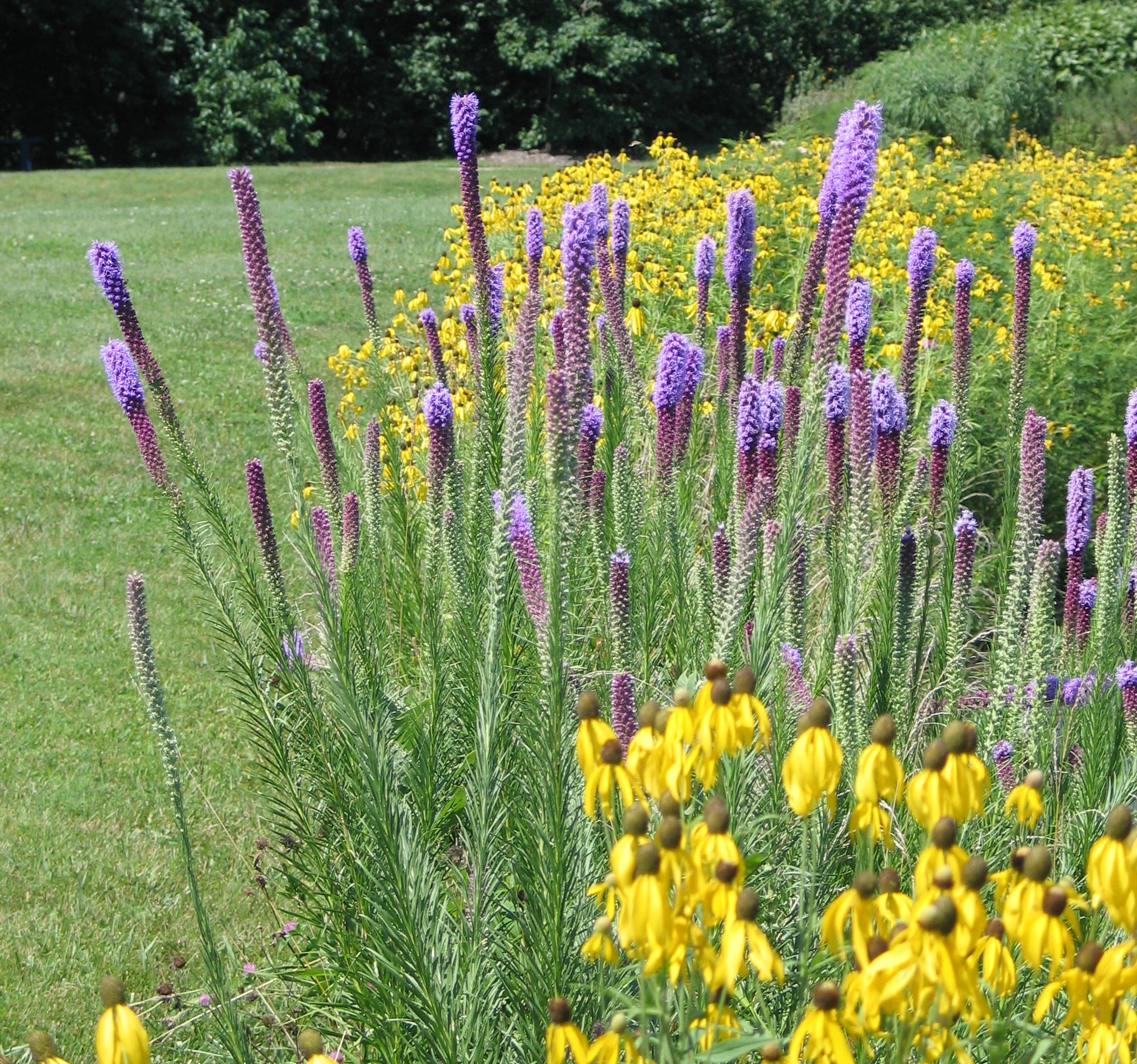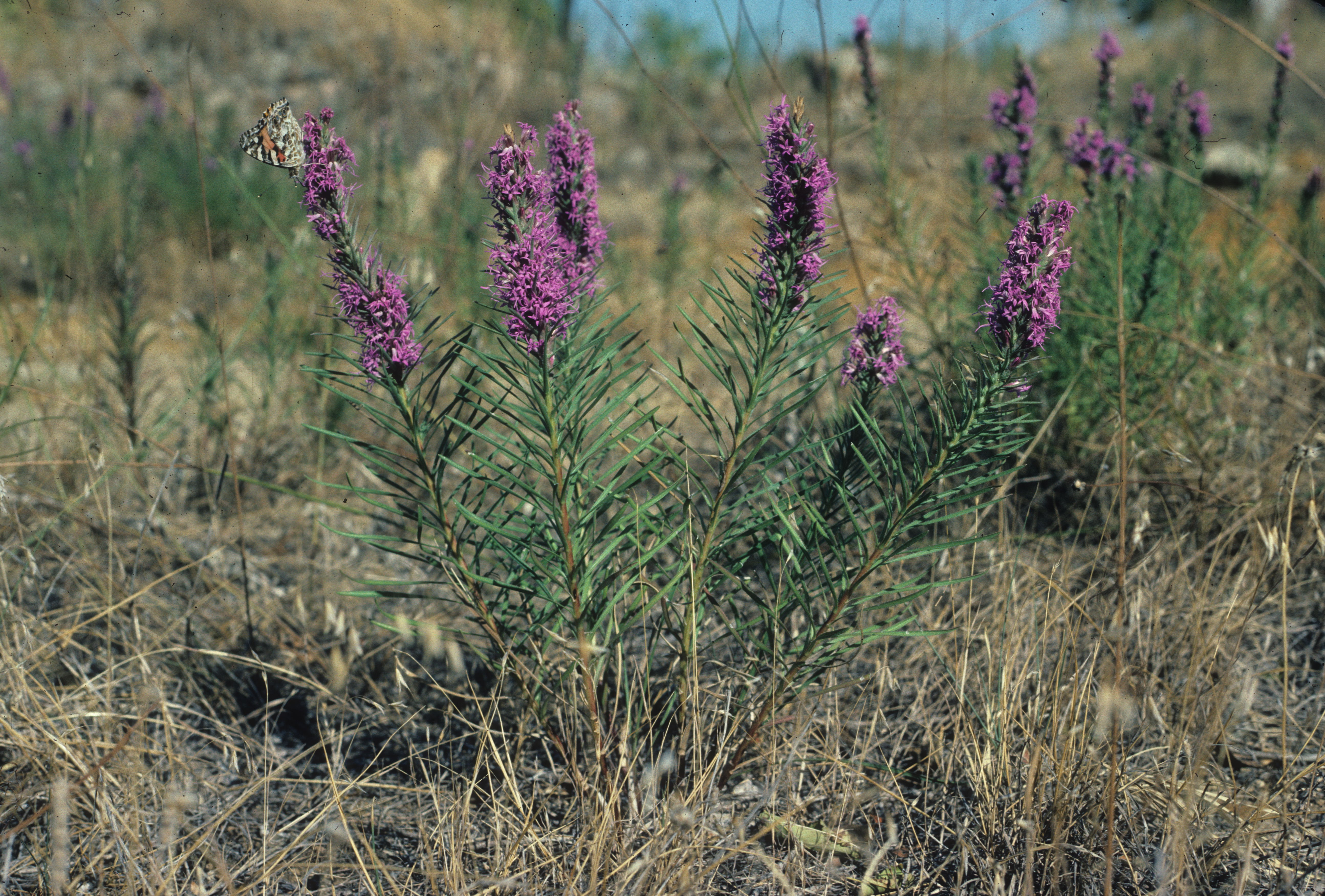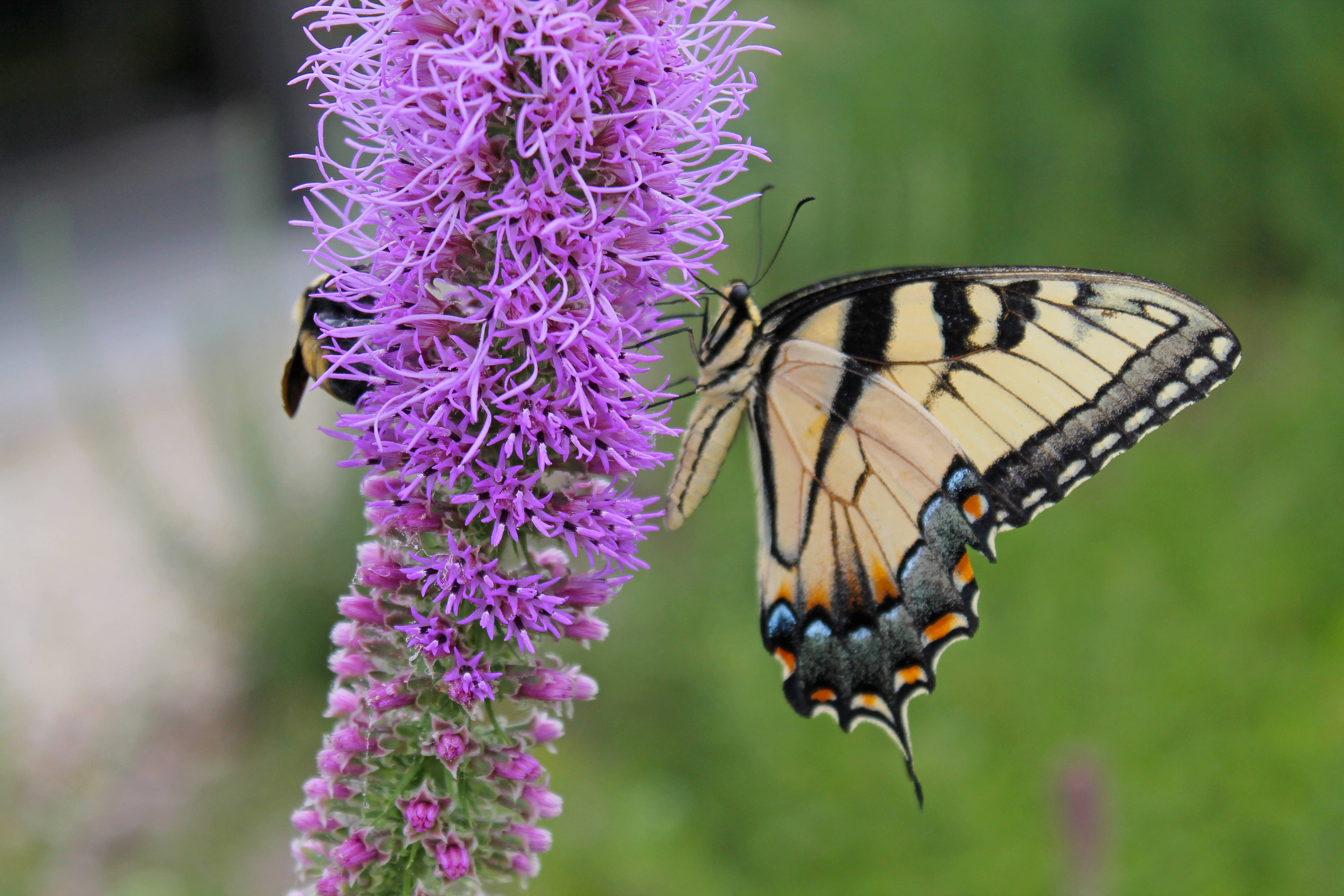Each year Scott and I scour catalogs and websites to find new and interesting plants to offer at the spring and fall FloraKansas plant sale fundraisers. New shrub varieties are, in my opinion, the most fun to hunt up. We are looking specifically for species that have some, if not all, of the following qualities: attractive habit, beneficial to wildlife/pollinators, heat and drought tolerant, good performance record, unique or unavailable in our area, or important for conservation.
I am so excited about the new plants available at the upcoming fall sale, I can’t help but share a few with you early! Enjoy some quick profiles about my favorite new shrubs as well as companion plant suggestions to help blend them into your landscape. Some of these are completely new to us, and others are simply better performing varieties of our old favorites.

Tandoori Orange has stunning fall color and beautiful berries, offering multi-season interest. Photos courtesy of Proven Winners – www.provenwinners.com
‘Tandoori Orange’ viburnum
This viburnum will be a big hit as a garden border plant. It has all the qualities we love in a viburnum (shade tolerance, deer resistance, attractive leaves), but it is the first to boast a true orange berry and leaf in fall. The ripe, peachy-orange berries add mid-summer interest and the white spring bloom is not to be missed! At 6-8ft tall it is suitable as a hedge, privacy screen or back-of-the-garden border. To ensure fruit production, plant ‘Cardinal Candy’ viburnum nearby for pollination.
Companion plant: The bright yellow fall foliage of Spicebush (Lindera benzoin) offers a stunning contrast to Tandoori Orange. They both produce berries that are edible to birds, turning your yard into a bird banquet banquet hall!
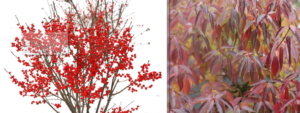
The red berries of ‘Berry Poppins’ coupled with red leaves and twigs of ‘Red Rover’ create quite a show in late fall and winter. Photos courtesy of Proven Winners – www.provenwinners.com
‘Berry Poppins’ deciduous holly
Just as cute as its name, this dwarf holly, only 3-4 feet tall, is easy to plunk into the landscape in any open space. Its habit of heavy fruiting gives a great winter show when other things in the garden are brown and dormant. The berry-laden branches are great for cutting, and for making crafts and Christmas decorations pop. Plant in full to part sun and with a pollinator plant such as ‘Mr. Poppins’ to ensure fruit production.
Companion plant: Red Rover dogwood (Cornus sp.) brings another pop of red with its bright, fiery twigs in winter. Very upright and structured, it’s a great partner to the similarly shaped holly.
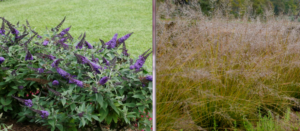
Pugster Blue butterfly bush and ‘Gone with the Wind’ Dropseed mix well because of their similar habit but contrasting leaf shape. Photo courtesy of Proven Winners – www.provenwinners.com (left) and Walters Gardens, Inc. (right).
‘Pugster Blue’ butterfly bush
This one has my hopes up as a replacement for some other underwhelming dwarf buddleias out there. All too often the bush’s diminutive size also means smaller blooms – not for Pugster! Big true-blue blooms don’t quit until frost on a plant that only grows 2ft tall. Perfect for a tight spot that needs big color and butterfly appeal.
Companion plant: Prairie Dropseed ‘Gone with the Wind’ (Sporobolus heterolepsis) complements and mimics the compact, rounded shape of this butterfly bush. Sporobolus heterolepsis adds tremendous movement and texture to any garden. Surrounding ‘Pugster Blue’ with this grass or mixing them together in a border will create a natural, flowing aesthetic.
Come visit us at the September plant sale fundraiser and get a peek at these unique plants. Fall is an ideal time for planting; your new shrubs will thank you for the cool autumn temperatures during their establishment. Arboretum staff will be available to make suggestions, helping you find the best fit for your landscape.

